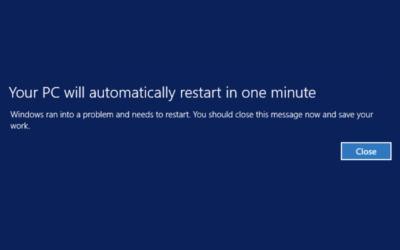Azure Static Webapps
We are using Azure Static Webapps to host several apps & tooling developed for our customers. However how do you setup the hosting / deployment. In the upcoming series of blogs we will share some tips and tricks to setup that multi environment deployment.
Multi environments
First blog post of this series, we’re taking a look at the configuration required to deploy our apps to multiple environments with their own configurations:
Angular
Within our angular app, we first start editing our angular.json file to add a new configuration to the configurations block:
"development": { "fileReplacements": [ { "replace": "src/environments/environment.ts", "with": "src/environments/environment.dev.ts" } ], "optimization": true, "outputHashing": "all", "sourceMap": false, "namedChunks": false, "extractLicenses": true, "vendorChunk": false, "buildOptimizer": true, "budgets": [ { "type": "initial", "maximumWarning": "2mb", "maximumError": "5mb" }, { "type": "anyComponentStyle", "maximumWarning": "6kb", "maximumError": "10kb" } ] }
This will effectively let us run with a development config from environment.dev.ts settings file if we launch our application with the –configuration=development flag.
Additionally set the outputPath (projects:{name}:architect:build:options node to dist:
"outputPath": "dist",
Next step is editing our package.json. Within this file we can find our “build” command:
"build": "ng build",
Below this command, we will add another 2 configurations:
"build_production": "ng build --configuration production", "build_development": "ng build --configuration=development",
Now instead of adding the flag –configuration=development, we can simply build our development environment by calling the build_development statement.
Github
Now the last step is how you configure your build pipeline to use the new defined environments. This can be done by adding the app_build_command setting within your deployment yaml file.
The full configuration file as how we have configured our deployments:
name: Dev - Development
on:
push:
branches:
– development
pull_request:
types: [opened, synchronize, reopened, closed]
branches:
– development
jobs:
build_and_deploy_job:
if: github.event_name == ‘push’ || (github.event_name == ‘pull_request’ && github.event.action != ‘closed’)
runs-on: ubuntu-latest
name: Build and Deploy Job
steps:
– uses: actions/checkout@v2
with:
submodules: true
– name: Build And Deploy
id: builddeploy
uses: Azure/static-web-apps-deploy@v0.0.1-preview
with:
azure_static_web_apps_api_token: ${{ secrets.secret }}
repo_token: ${{ secrets.token }} # Used for Github integrations (i.e. PR comments)
action: “upload”
###### Repository/Build Configurations – These values can be configured to match you app requirements. ######
# For more information regarding Static Web App workflow configurations, please visit: https://aka.ms/swaworkflowconfig
app_location: “/” # App source code path
app_artifact_location: “dist” # Built app content directory – optional
app_build_command: “npm run build_development”
###### End of Repository/Build Configurations ######
close_pull_request_job:
if: github.event_name == ‘pull_request’ && github.event.action == ‘closed’
runs-on: ubuntu-latest
name: Close Pull Request Job
steps:
– name: Close Pull Request
id: closepullrequest
uses: Azure/static-web-apps-deploy@v0.0.1-preview
with:
azure_static_web_apps_api_token: ${{ secrets.secret }}
action: “close”
Please note that in this setup we are not deploying an Azure Function from the same project.
In our public Github, you can find an example project that reflects a multi environment setup. Additionally a yml can be found that as well deploys an API to an Azure function with custom options.
https://github.com/EightyData/scripts/tree/main/blogs/static-webapp-multienvironment
Let's drink coffee!
Do you need help modernizing your IT or move to the cloud? Are you looking to digitalise your workflows, connect existing systems or want to build an app? Or are you in need to visualise your data in Microsoft Power BI?
Let’s connect and discuss how we can help you!





